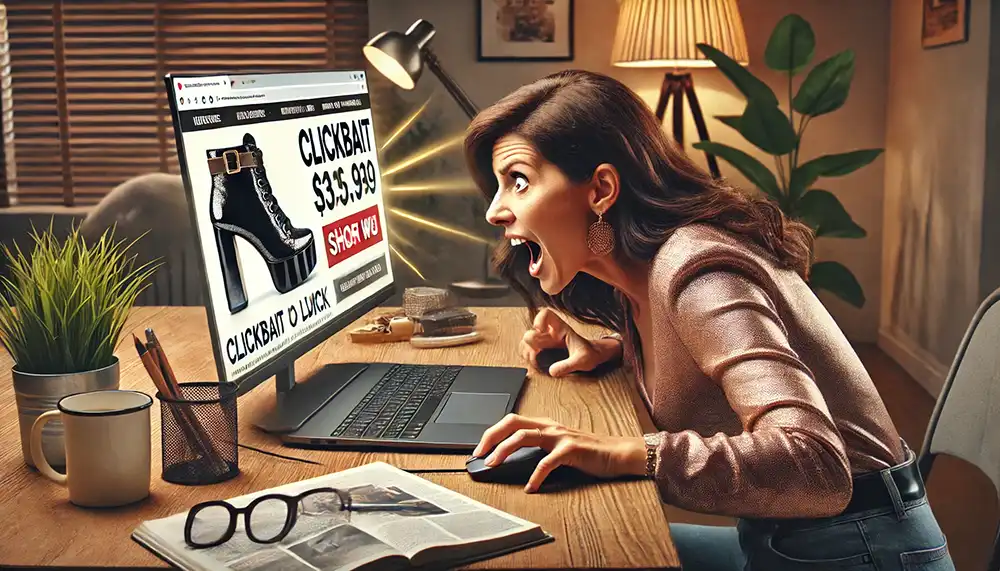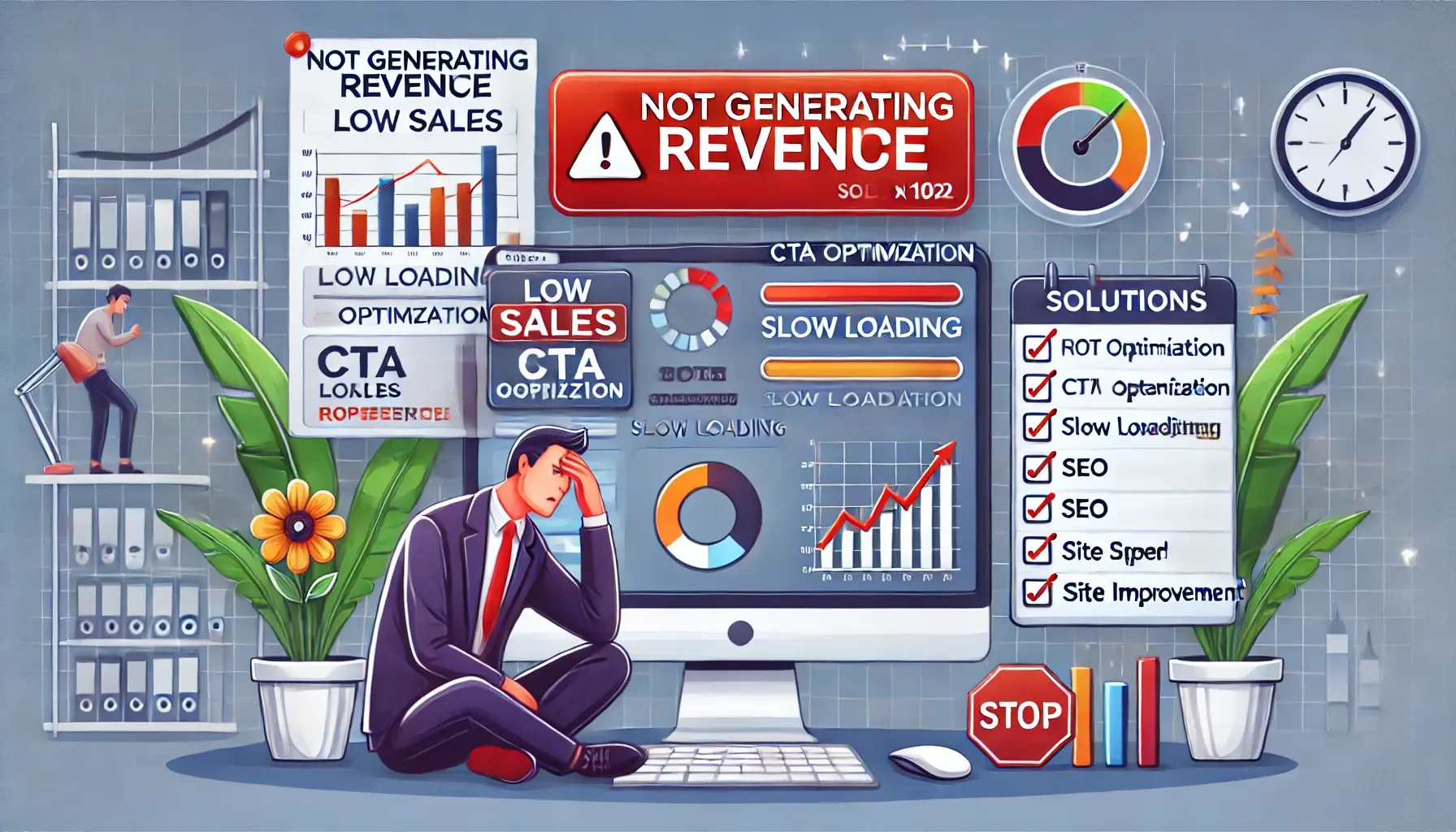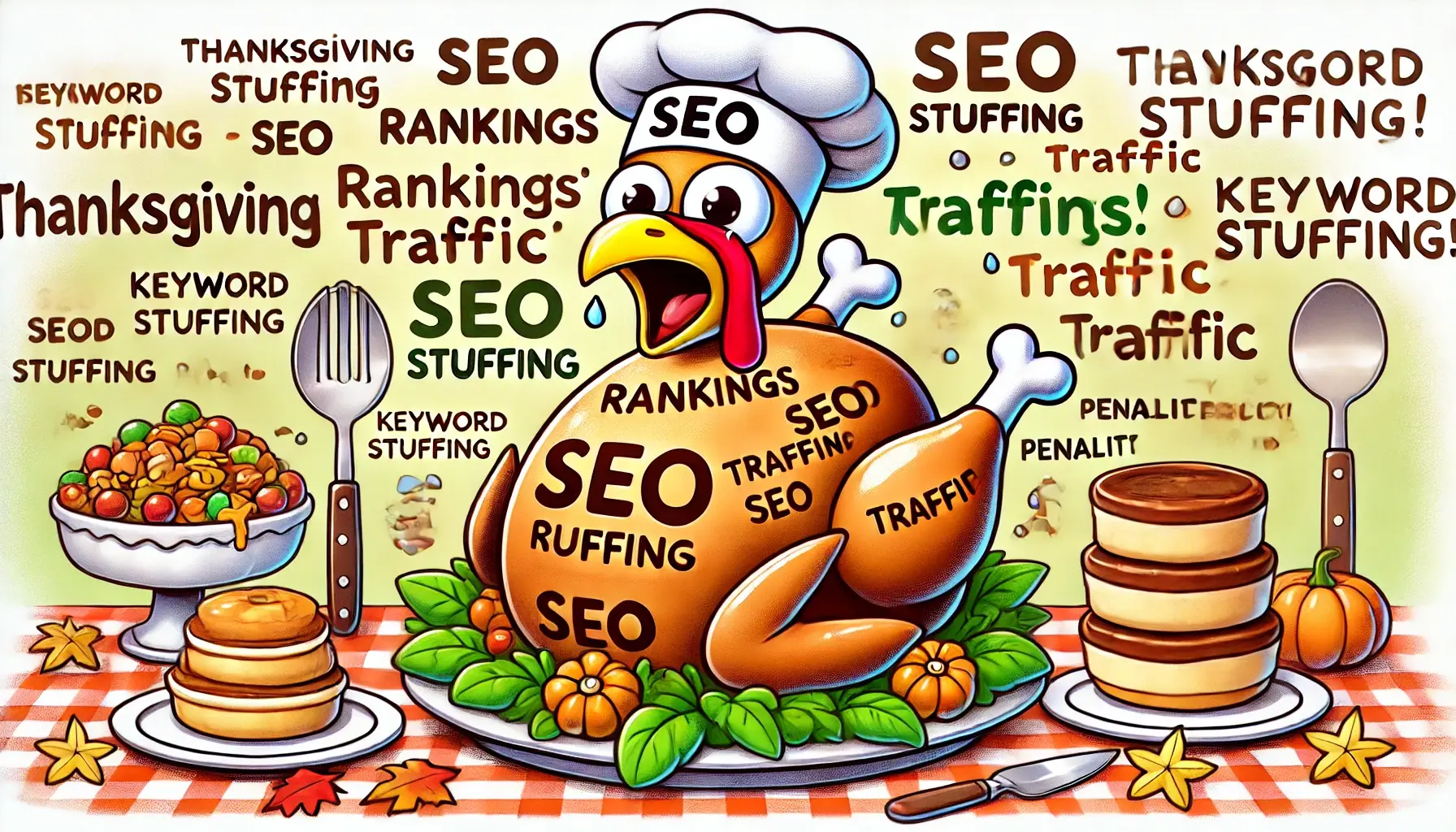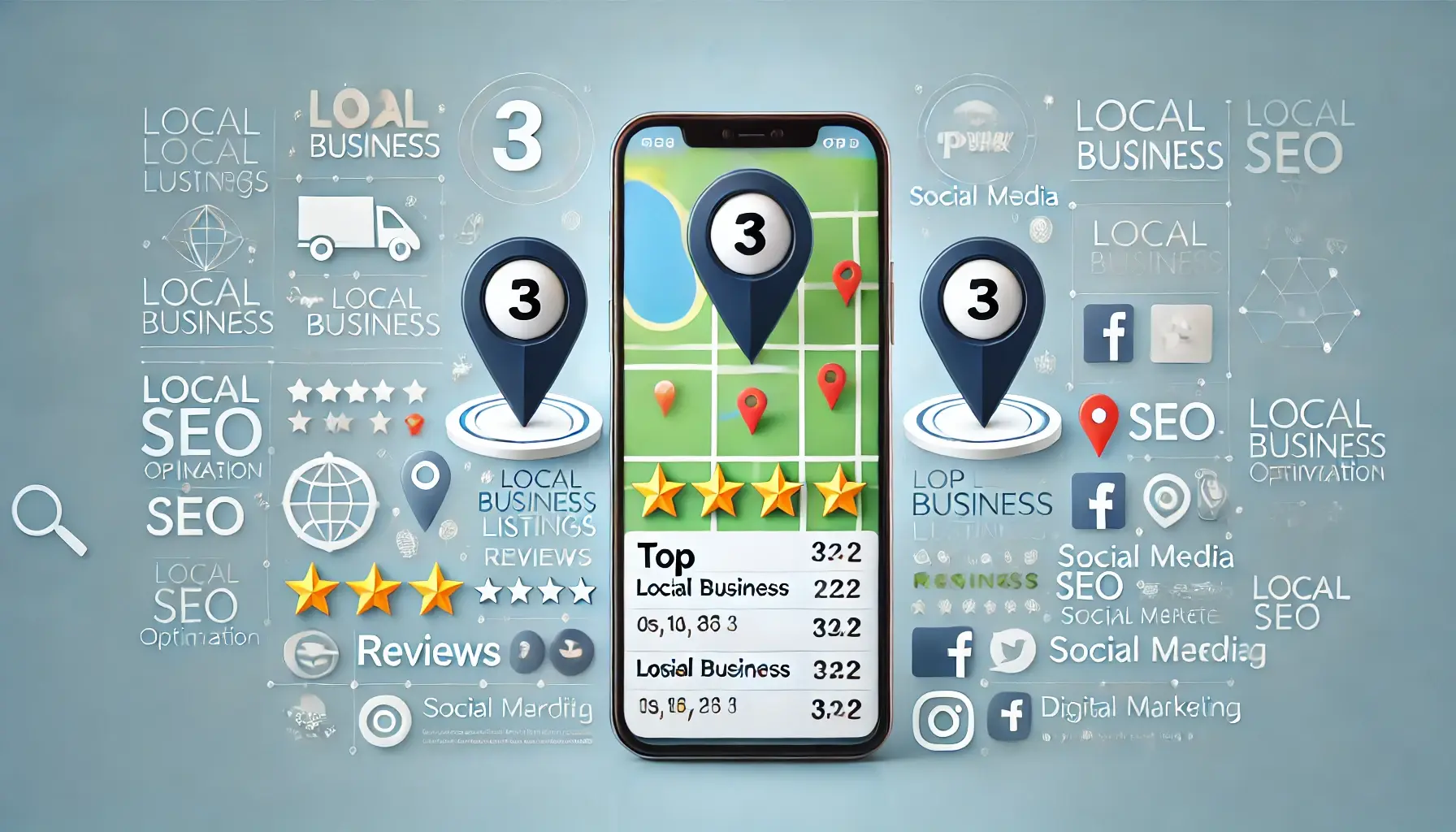
Ah, clickbait—the glittery lure of the internet fishing world! It’s that juicy headline that promises to reveal the secrets of the universe, or at least get you more traffic after all those late nights spent perfecting your content. Because let’s be honest, you didn’t pour your heart into that blog post just to have it collect digital dust, right?
But here’s the kicker: clickbait is like that mysterious dish at a potluck—it could be a delicious surprise or a disaster waiting to happen. So, before you start sprinkling clickbait all over your marketing strategy, let’s break it down:
- What exactly is clickbait?
- Is it the holy grail or the digital devil?
- Can you spot a clickbait in the wild?
- And most importantly, how do you create clickbait that actually delivers?
By the way, if you’re hungry for the latest and greatest in digital marketing tips, sign up for our free newsletter, Revenue Weekly! Join 200,000 marketers who are already in the know.
What is Clickbait?
Clickbait is like that friend who always has the juiciest gossip—it’s designed to grab your attention and make you click. Whether it’s a shocking headline or an irresistible thumbnail, clickbait is engineered to get those page views. And just like gossip, it spreads fast, thanks to its ability to tap into our emotions.
But beware! Clickbait has earned a bit of a bad rep, mostly because some folks use it to peddle sensationalized or downright fake content. You know, the kind that makes you feel like you’ve just been duped.
Who’s Playing with Clickbait?
Clickbait isn’t just for the internet’s dark corners. Plenty of groups use it, for better or worse:
- Businesses: Trying to boost site traffic with catchy headlines? Congrats, you’re in the “good clickbait” club. Just don’t overdo it.
- Publishers: Clickbait is their bread and butter, driving site traffic and raking in the ad dollars.
- The shady bunch: These are the internet’s villains, using clickbait to lure you into phishing scams, fake news, or content that has nothing to do with the headline. Yikes!
Is Clickbait Good or Bad?
Clickbait is like fire—it can cook your dinner or burn down your house. It’s not inherently bad, but it’s all about how you use it.
“Good” clickbait is like a well-crafted mystery novel: intriguing, satisfying, and exactly what you signed up for.
“Bad” clickbait is like clicking on a recipe for chocolate cake and ending up with a list of random ingredients for stew. It misleads, disappoints, and sometimes even leads you to shady websites.
You might’ve heard that all clickbait is evil, but that’s not entirely true. The problem arises when clickbait leads to irrelevant or malicious content. Plus, if Google catches on to your clickbait trickery, your rankings might take a nosedive faster than you can say “SEO nightmare.” And let’s be real—if your audience feels duped by your exaggerated claims, they’re not going to trust you or click on your links again.
What’s an Example of Clickbait?
If you’ve been on the internet for more than five minutes, you’ve probably seen headlines like these:
- “_____ did _____. You won’t believe what happened next!” (Spoiler: it’s never that shocking.)
- “This weird trick did ____.” (And yet, it never works.)
- “They didn’t know that ____. What happened next blew their mind.” (Or maybe it didn’t.)
These are the usual suspects in the world of “bad” clickbait—all hype, no substance.
On the flip side, “good” clickbait pulls you in with a promise and then actually delivers. Think how-to guides, listicles, and articles that provide real value. They hook you with a headline and keep you satisfied with the content.
What Makes Good Clickbait?
We all want our content to be the star of the show, but using bad clickbait is like singing off-key at karaoke—it’s memorable for all the wrong reasons. Here’s how to ensure your content hits the right notes:
- Get cozy with keyword research.
Keyword research is like your content’s GPS, guiding you to what your audience is actually searching for. Sprinkle those magic words throughout your content, and Google will reward you with better visibility. Tools like Ubersuggest can help you on this journey. - Understand the searcher’s intent.
Not all searches are created equal. Some folks are just window-shopping for info, while others are ready to buy. Tailor your content to meet their needs, whether they’re just browsing or about to make a purchase. - Craft multiple headline options.
In the crowded world of content, your headline is your first impression. Sometimes, it’s worth brainstorming a few options and testing them out to see which one resonates. And if writing headlines isn’t your thing, consider bringing in a pro copywriter to help you craft click-worthy titles that don’t compromise your credibility.
There you have it—a light-hearted take on the fine art of clickbait. Remember, the goal is to entice without deceiving, so go ahead and create content that’s as delightful as it is clickable!





















